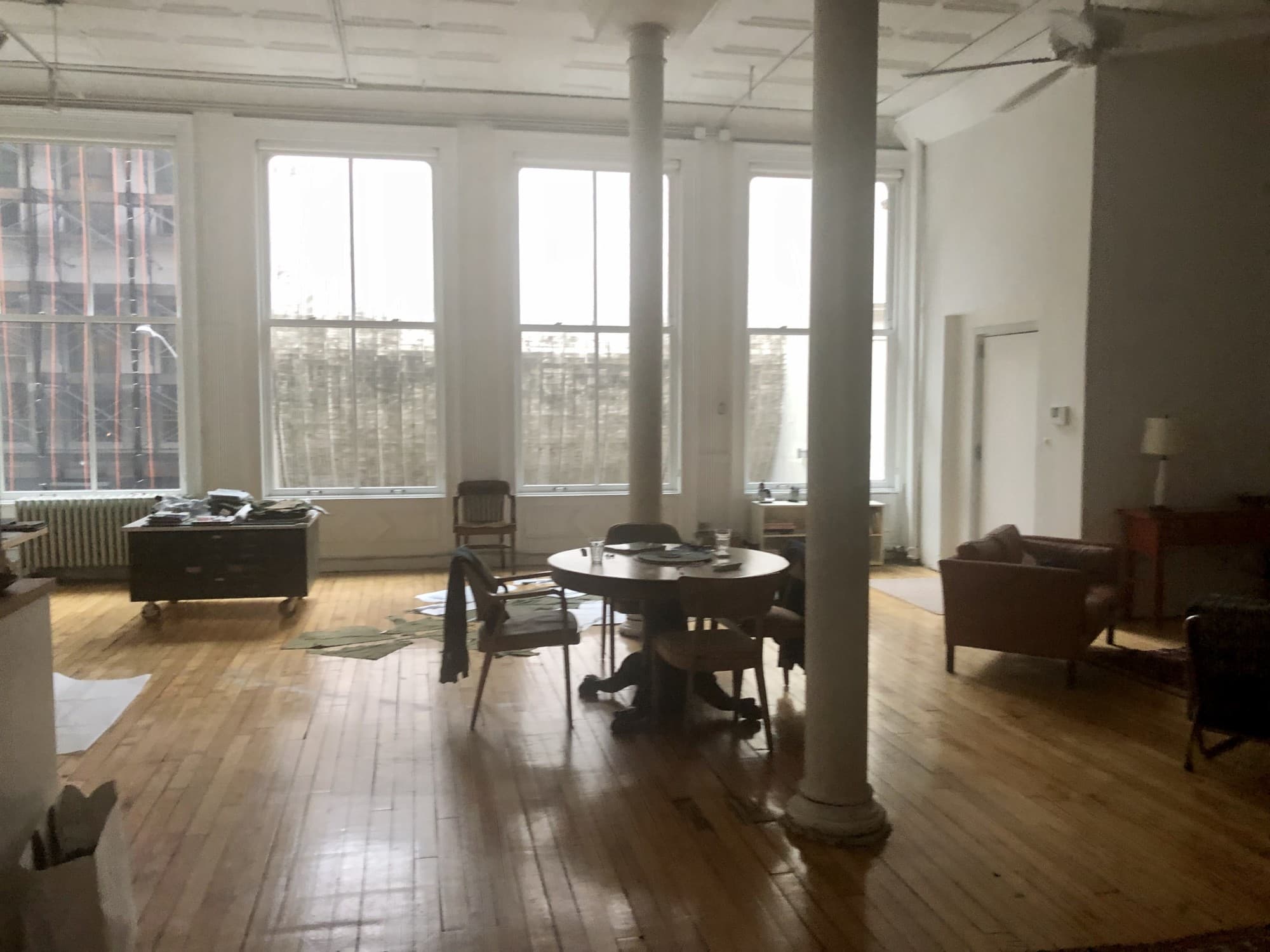Unless you have been living under a rock, you know the Federal Reserve raised interest rates at its March meeting. This news is particularly interesting to you if you are planning a home purchase. However, unless you choose an adjustable-rate mortgage (ARM), you should know that there are more important factors that affect your mortgage rate.
The Fed’s decisionThe Fed’s decision
At its most recent Federal Open Market Committee (FOMC) meeting, the central bank decided to raise short-term rates by one-quarter of a percent. It cited a strengthening labor market and economic activity expanding at a moderate pace. This is good news: the Fed acted to normalize interest rates in the face of a stronger economy to head off possible inflation down the road.
What determines mortgage rates?What determines mortgage rates?
Longer-term Treasury yields are an important component of fixed-rate mortgages. But, while the Federal Reserve can directly affect short-term interest rates, it has less influence over longer-term rates. For instance, after the Fed announced its decision at 2 p.m. on March 15th, the yield on the ten year Treasury note fell to 2.51% from 2.6% the previous day.
There are many market-related reasons, such as the perception there will be lower inflation in the longer-term. Keep in mind; the yield jumped following the U.S. presidential election, approaching 3% by the end of the year from 2.29%. Due to Trump’s large infrastructure spending plan, tax cuts would create inflation for an economy that was doing reasonably well.
While the 10-year yield is important to look at, there are other things to watch. Banks package mortgages together into something called a mortgage-backed security (MBS). This is a complex process, but these securities trade in the marketplace. Suffice to say. Lenders keep on an eye on the yield of these trade to determine the mortgage rate they want to charge.
How are MBS yields determined? Old fashioned supply and demand from investors. The rate has to be large enough to entice investors, but if the lender makes it too high, it will turn off borrowers. MBS traders look at the appropriate Treasury yield, so it is a factor, and it always trades at a higher yield than the comparable, risk-free Treasury security. Lenders compete with each other, and one may want to offer you a lower rate to earn your business.
You should note that the annual percentage rate (APR) and the mortgage interest rate are different. Both are important to know. Your monthly payment is based on the mortgage interest rate. The APR is the mortgage interest rate and other bank charges. Includes any points (the upfront interest you pay at closing), closing costs, and other charges. An APR lets you make an apples-to-apples comparison. A bank may offer you a lower mortgage rate but charge more in closing costs, making your APR higher.
Dealing with higher ratesDealing with higher rates
The rising Treasury yield pushed up mortgage rates in December. That month, the average 30 years fixed mortgage was 4.2%, up from 3.77% in November and 3.47% the previous month. This does not spell gloom and doom, though. It is still low by historical standards. For instance, in 2008, the average was 6.03% and much higher in some years before then.
It is not much you can do about mortgage rates. You can lock in a fixed rate for a short period of time, but this won’t help you if you aren’t ready to close pretty soon. But, you can use this as a negotiating tool, however. Many people jumped in to buy apartments over the last few years, taking advantage of an improving economy and rock-bottom mortgage rates. The higher rates may cool demand somewhat, meaning you are in a strong bargaining position as you compete with fewer buyers.

